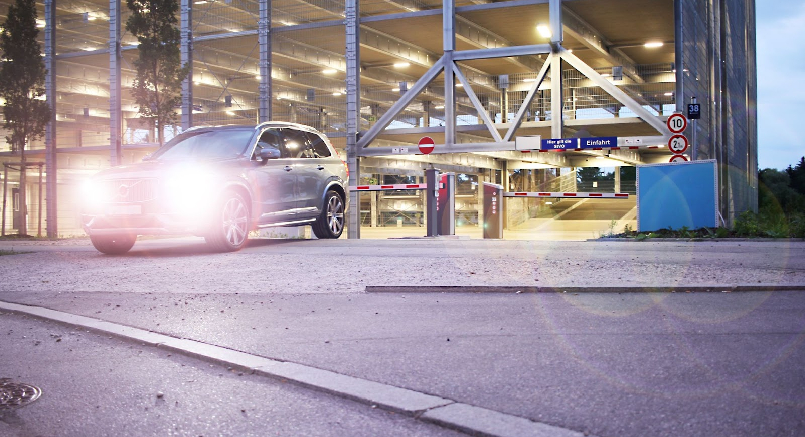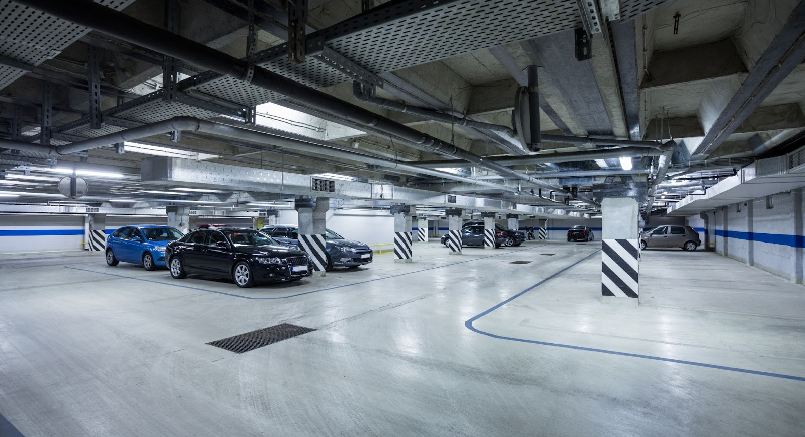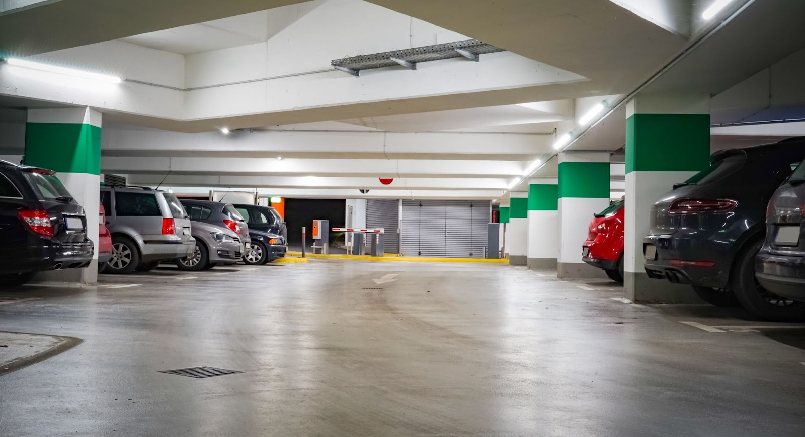
Die LTS AG ist auf die Entwicklung komplexer Lösungen in den Bereichen Verkehr und Parking spezialisiert. Mit TAPS haben wir ein Echtzeit-System für das Parking Management und die Verkehrssteuerung entwickelt. Mithilfe einer Software und des Einsatzes von Sensoren dient TAPS der Belegungserkennung von Parkplätzen. Dies ermöglicht die Steuerung des Parksuchverkehrs.
Im Folgenden informieren wir zum Thema Parkbewirtschaftung. Wir erklären, warum es für Städte und die Verkehrssicherheit wichtig ist, ein solches Management einzuführen.
Parking management: Responsibility and methods of parking management
Parking management is the responsibility of the road traffic authority. The term refers to the organisation and control of the parking space available in a given zone. This includes, for example, specifications on where parking is permitted and whether parking fees are charged. Paid parking spaces can be charged for by the following methods, among others:
Paid parking spaces may fall under the jurisdiction of parking management. However, this also includes traffic resulting from the search for parking spaces.
What are the goals of parking management?

The Swiss Road Traffic Act lays down numerous regulations on stopping and parking. They usually do not make the search for a suitable parking space for vehicles any easier. Since parking fees are the norm, especially in cities, it can quickly become expensive.
It is not only private car parks and parking garages that have to pay. Cities and municipalities also charge fees and collect them through parking machines. Parking management is therefore of economic importance for them as well.
Especially in urban areas, parking space is in competition with other areas and their possible uses. After all, wherever there is a park or playground, there could also be a car park and solve the parking problem that exists in many places. However, the attractiveness of cities would often suffer disproportionately as a result.
For this reason, special parking zones are often indispensable in large cities where there is a high volume of traffic. By managing parking within these zones, it is also possible to influence the supply and demand for parking space. Ideally, this will lead to a more balanced situation and more efficient parking.
If demand-oriented parking is achieved in this way, the number of parking violations will also be reduced. In the long term, it is also hoped that charging will make driving less attractive. The goal is to get car drivers to switch to public transport more often. This will eliminate numerous problems and also reduce noise and exhaust pollution.
What are the advantages of parking management?

Attempts at parking management have been around for a long time. For example, some parking spaces can be viewed via an app to see whether they have been booked or reserved.
State-of-the-art systems, on the other hand, provide users with real-time data. They can see, for example, whether a certain parking space is currently free or not. This possibility exists regardless of whether the parking space is in a public car park or in a private car park.
Thus, the Parking Management System TAPS of LTS AG offers companies and cities the possibility to use real-time information. Through the individual arrangement of the TAPS sensors , customers have the possibility to determine free parking spaces at the respective location.
The data is automatically forwarded to the processing software via the TAPS gateway. This gives operators the opportunity to analyse parking behaviour and intervene if necessary. In this way, they can get a better overview of individual street areas and the proportion of free, moderately or completely occupied spaces.
The dashboard gives a detailed overview of all activities in the parking or on the street. They also inform about the status of all sensors and gateways. Thanks to decentrally triggered alarms, critical situations can be effectively prevented.
TAPS from LTS AG: The smart traffic and parking management system
But TAPS is more than just a parking management system. With TAPS, traffic control is also successful. The package offers practical visualisations of the length of stay of individual vehicles, the average occupancy time and the turnover per parking space. Another advantage is that the TAP sensors can be installed quickly and without major installation effort.
The collected data can be used platform-independently and connected to cloud software solutions as well as those of third-party providers. The information can be summarised and stored in a data warehouse.
With a modern system for parking management, companies and cities become part of Smart Parking and Smart Traffic. In this way, they not only save costs, but also take important steps in terms of environmental and resident protection. By reducing CO₂ emissions, the climate is protected. Another plus point of TAPS in this respect is that the sensors are energy-autonomous and therefore particularly environmentally friendly.




)
)